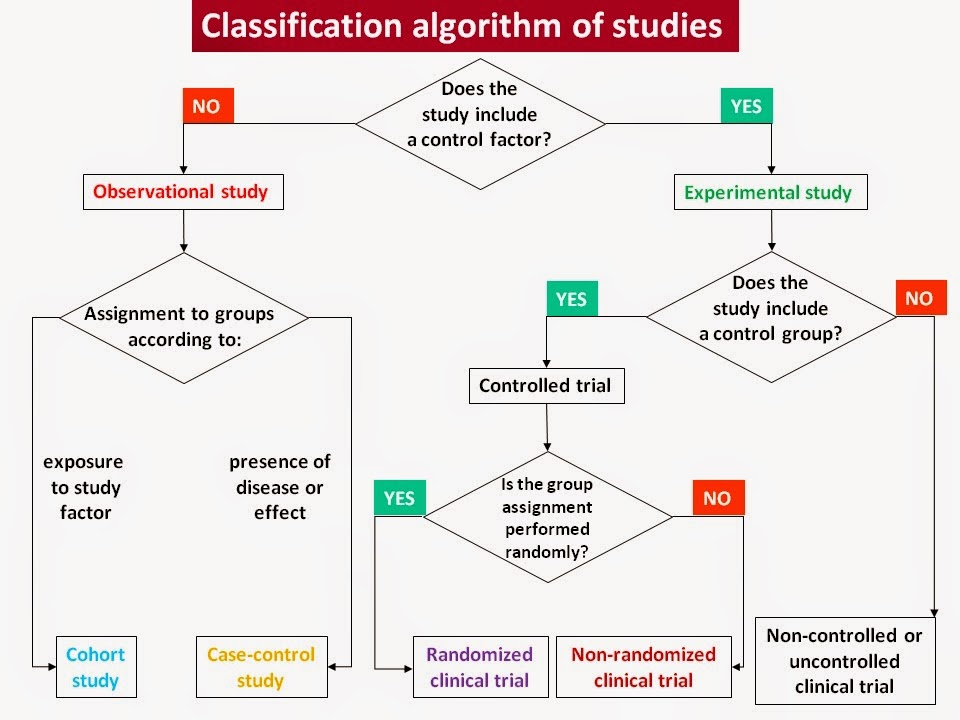Conferences or oral communications are usual methods for the transmission of scientific knowledge in biomedical congresses, scientific meetings or academic work presentations (i.e. research works, Master or PhD thesis). There are some key elements for an excellent scientific presentation:
1. Appropriate presentation and order of the data

Before starting your scientific presentation, you need to study the most recent information on the issue that you are going to expose in order to select and prioritize the key points of the exposition. Nowadays, we have very potent bibliographic search tools that can help you to achieve this aim.
You have to keep in mind that the main goal of your presentation is to transmit a clear message.
2. Audiovisual material
Please, remember when preparing the slides of your presentation that "less is more" in order to get across a clear message to the audience:
3.Speaker's attitude
 Public speaking is not always a question of talent. You can be a good speaker if you learn some skills for a successful presentation. A speaker must show confidence, clarity and conviction, since if you are not convinced of your words, the audience will conclude that your results are not convincing. If the presentation is long, you should introduce stories, relaxing slides or some humour to entertain your audience. Speaking manners should always be polite and respectful.
Public speaking is not always a question of talent. You can be a good speaker if you learn some skills for a successful presentation. A speaker must show confidence, clarity and conviction, since if you are not convinced of your words, the audience will conclude that your results are not convincing. If the presentation is long, you should introduce stories, relaxing slides or some humour to entertain your audience. Speaking manners should always be polite and respectful.The voice is also important: use a powerful voice, clearly pronounce the words and do not use "filler words" (i.e. um, ah, eh). Maintain the eye contact with your audience.
The body language conveys confidence: balance your body and use gestures supporting the key moments of the speech.
And never forget the courtesy: be grateful with the people that have invited you at the beginning of the presentation, and acknowledge the people that have contributed to your work at the end of the presentation.
A great presentation does not just happen. The excellence at public speaking just takes a lot of practice, determination and willingness to adopt helpful habits.
- Do not give a speech about issues that you are not aware of.
- Adapt the complexity of the information regarding your objectives and the audience.
- Do not read the slides and avoid preparing too many slides.
- Explore the room and the audiovisual media before starting.
- Use graphics of good quality. If you are using the images of a publication, please cite the corresponding reference.
- Avoid exaggerated animation.
- Do not use more than 10 words/line (big font size).
- Prepare readable tables: no more than 6 rows and 6 columns. If a complex table is required, the key information should be highlighted in bold colours.
- Use contrasting colours: this is OK, but this is not OK.
- Expose the slide at least 20 seconds.
- Highlight the important features of the slide.
- "Take home message": What is the main information of your presentation?
Do you know what type of cells are and what type of staining has been used in the image of the HEAD of the BLOG? And do you know what type of mouse is the one of the PROFILE of the BLOG?
 ANSWER FOR THE PICTURE OF THE HEAD OF THE BLOG: The image corresponds to differentiated adipocytes obtained from stromal cells of the murine subcutaneous adipose tissue and stained with Oil Red O, a lysochrome dye used for staining lipids in red. This image was captured by Beatriz Ramírez, Technician of the Metabolic Research Laboratory, key member of our group involved in obesity research. Beatriz entitled her photography "Frutos rojos" and this work was presented at the National Science Photography Competition FOTCIENCIA07.
ANSWER FOR THE PICTURE OF THE HEAD OF THE BLOG: The image corresponds to differentiated adipocytes obtained from stromal cells of the murine subcutaneous adipose tissue and stained with Oil Red O, a lysochrome dye used for staining lipids in red. This image was captured by Beatriz Ramírez, Technician of the Metabolic Research Laboratory, key member of our group involved in obesity research. Beatriz entitled her photography "Frutos rojos" and this work was presented at the National Science Photography Competition FOTCIENCIA07. ANSWER FOR THE PICTURE OF THE PROFILE OF THE BLOG: this photography entitled "Super ratón" was captured by Dr. Sara Becerril, another member of the Metabolic Research Laboratory. The image illustrates a mouse simultaneously lacking the genes encoding leptin and inducible nitric oxide synthase obtained during her PhD in order to study the effects of the absence of both genes on body weight, food intake and metabolism. This picture was selected in the category "MACRO" of FOTCIENCIA07 for the itinerary exhibition and inclusion in the catalogue of the competition.
ANSWER FOR THE PICTURE OF THE PROFILE OF THE BLOG: this photography entitled "Super ratón" was captured by Dr. Sara Becerril, another member of the Metabolic Research Laboratory. The image illustrates a mouse simultaneously lacking the genes encoding leptin and inducible nitric oxide synthase obtained during her PhD in order to study the effects of the absence of both genes on body weight, food intake and metabolism. This picture was selected in the category "MACRO" of FOTCIENCIA07 for the itinerary exhibition and inclusion in the catalogue of the competition. During the competition of FOTCIENCIA07, a picture captured by Dr. Amaia Rodríguez, entitled "El planeta Adipocito", was also selected for the exhibition and inclusion in the catalogue of the competition in the category MICRO of FOTCIENCIA07. This image captured with an optical microscope shows the adipocytes obtained from an obese patient. The round morphology as well as the varying adipocyte size ranging from 10 to 300 micras that depends on the triglycerides accumulated in the unilocular lipid droplet of the fat cells, can be clearly observed.
During the competition of FOTCIENCIA07, a picture captured by Dr. Amaia Rodríguez, entitled "El planeta Adipocito", was also selected for the exhibition and inclusion in the catalogue of the competition in the category MICRO of FOTCIENCIA07. This image captured with an optical microscope shows the adipocytes obtained from an obese patient. The round morphology as well as the varying adipocyte size ranging from 10 to 300 micras that depends on the triglycerides accumulated in the unilocular lipid droplet of the fat cells, can be clearly observed. Another photography obtained by Dr. Sara Becerril and Beatriz Ramírez, entitled "Cambio climático" was selected in the "MACRO" category of FOTCIENCIA10. This special picture was captured with a termographic camera, a device that forms a thermal image using infrared radiation. In this photography you can observed five recipients containing elements with very different temperatures: dry ice (-80 ºC), ice (0 ºC), air (20 ºC), water (25 ºC) and boiling water (100 ºC).
Another photography obtained by Dr. Sara Becerril and Beatriz Ramírez, entitled "Cambio climático" was selected in the "MACRO" category of FOTCIENCIA10. This special picture was captured with a termographic camera, a device that forms a thermal image using infrared radiation. In this photography you can observed five recipients containing elements with very different temperatures: dry ice (-80 ºC), ice (0 ºC), air (20 ºC), water (25 ºC) and boiling water (100 ºC).As you can see, researchers can also be great artists!!!
The Fundación Española para la Ciencia y la Tecnología (FECYT) and the Consejo Superior de Investigaciones Científicas (CSIC) have recently opened the National Science Photography Competition FOTCIENCIA12. We encourage you to send your macroscopic or microscopic pictures!!













































